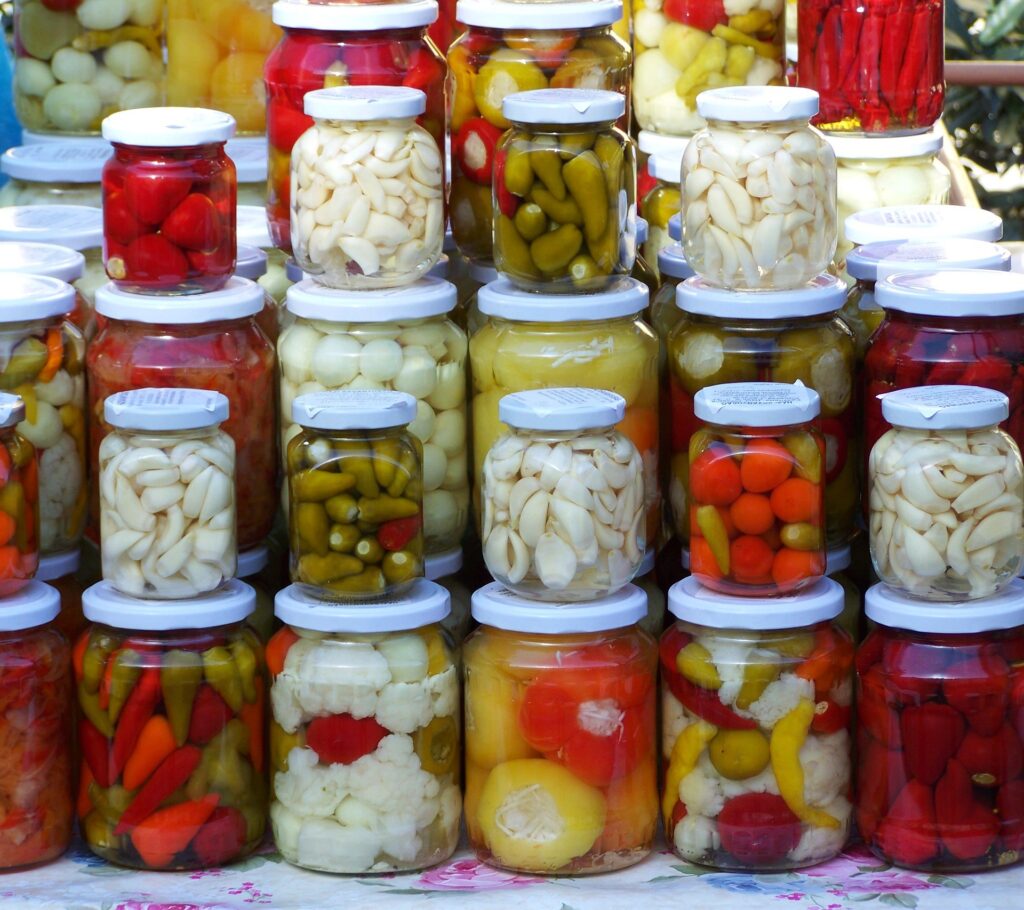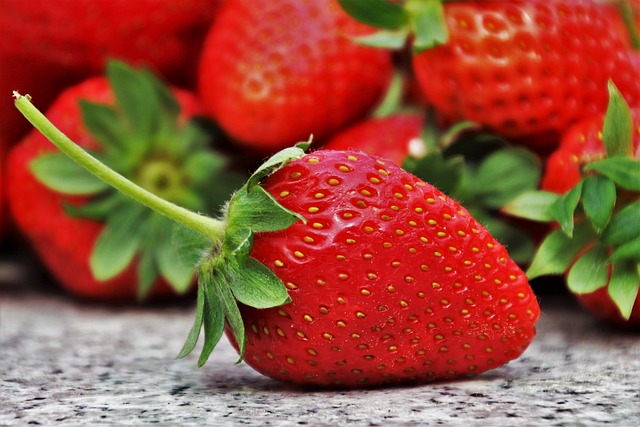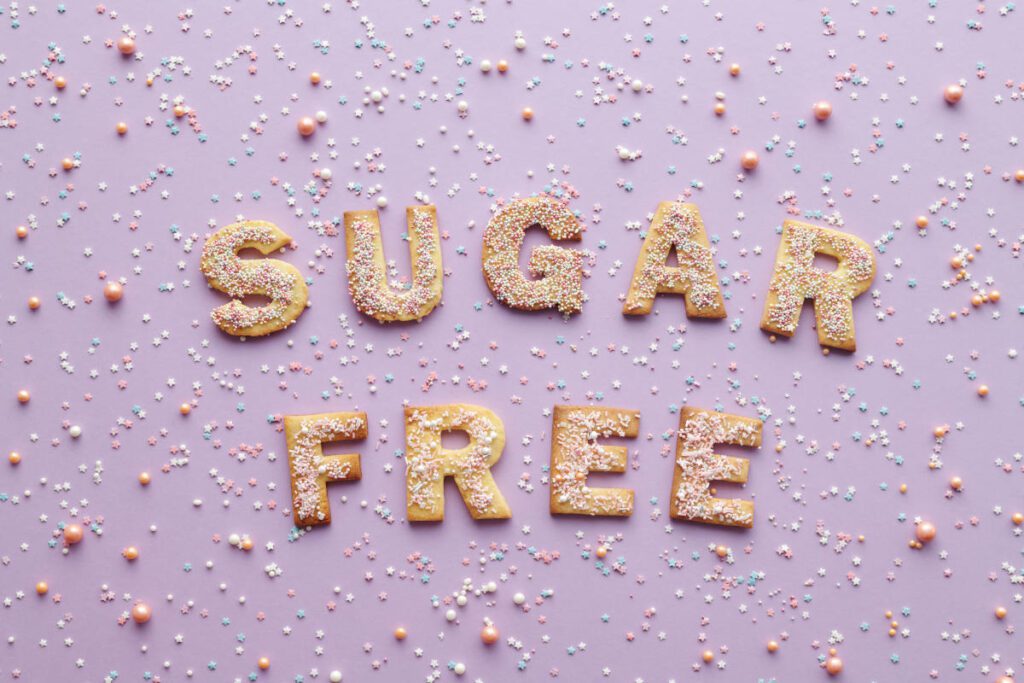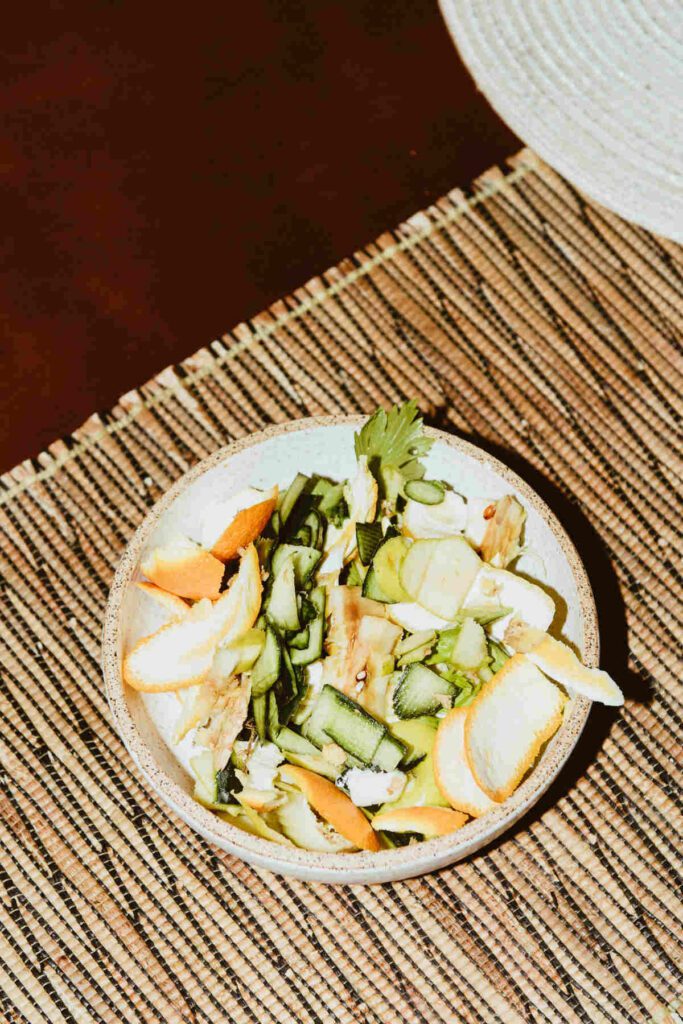In current times, people are more conscientious than ever about where their food comes from and how it is prepared. In tandem with this mindset, preserving food has once more become a popular activity. There are many reasons for preserving food. Some are economic, while others have to do with the quality of the food itself. Read further to discover some of the reasons for preserving food and some tips on how to do it yourself!

Reasons for Preserving Food at Home
To save money one of the top reasons for preserving food.

By preserving foods at home, you can buy in bulk when prices are low. Then you will have your own store of food to fall back on when prices inevitably rise. This is a great way to stretch your budget and ensure that you always have access to affordable, nutritious
Food costs are one area where you can easily save money by doing things yourself. And one way to do this is by preserving food at home. Preserving fruits and vegetables, for example, is a great way to extend their shelf life. And if you preserve food in bulk, you can enjoy seasonal produce all year round. Economics is increasingly one of the most important reasons to preserve food for many.
To preserve the quality of the food.
Often, commercially-grown fruits and vegetables are picked before they are ripe to prolong their shelf life. This can result in produce that is less flavorful than its homegrown counterpart.
When you preserve your own food, you can make the most of seasonal abundance of produce. This may come from your garden, markets or supermarket. These fuits and vegetables can be selected at their peak of ripeness. This may ensure that you will have a delicious and nutritious product.
To work with the seasons.
By canning or freezing fruits and vegetables when they are in season, you can enjoy them year-round – even when they are out of season and unavailable at the grocery store.

For example, summer is the perfect time to preserve fruits and vegetables. The produce is typically fresher and cheaper than it is at other times of the year, so you can stock your cupboard with healthy, tasty food for the months to come.
This is a great way to eat seasonal, local produce and get the most out of your food budget. Enjoying summer produce in the winter? Yes, please!
To make the most of the abundance of fruits and vegetables.
Make the most of your homegrown harvests, a great way to handle gluts, and extend the season, being able to enjoy your good food at a later date.
Food preservation methods such as bottling, canning, freezing, and pickling provide you with a way to enjoy these fruits and vegetables for longer and in novel ways.
To know what is in your food.
Food preservation at home lets you know and control what is in your food. Canning and pickling are two methods of food preservation that have been around for centuries. Both methods are used to preserve fruits and vegetables, and other produce.
Shop-bought canned goods often contain large amounts of salt, sugar, and other additives to extend their shelf life. When you preserve food at home, you can decide how much of these ingredients to use, or even omit them altogether.
In addition to helping you to have more preservative- and chemical-free foods food preservation can help you to control the amount of salt, sugar, and other elements in your food. These factors have made this one of the increasingly prominent reasons for preserving food at home.
To accommodate food allergies and dietary requirements.

Preserving food at home gives you more control over the ingredients that you use and it can help accommodate food allergies and dietary requirements. When you make food from scratch, you can choose what goes into the dish and can avoid potential allergens.
This is especially helpful for people who have multiple food allergies or who are sensitive to even trace amounts of an allergen. In addition, making food at home allows you to control portion sizes and tailor dishes to your specific dietary needs.
For example, if you are following a low-carbohydrate diet, you can make adjustments to recipes to ensure that they fit within your daily carb allotment. By taking advantage of food preservation techniques, you can enjoy meals that are both safe and delicious.
To reduce food waste.
By using up your excess or less attractive produce, and in some cases, even leftovers.

Food preservation at home can be a great way to reduce food waste. By preserving food at home, you can make sure that food will last longer and be less likely to go bad. Foods are used before they are spoiled. You can also transform them into instant jams or pickles that you can still enjoy differently.
To save time.
Canning and preserving food at home is a great way to save time in the kitchen. By taking the time to can and preserve food, by creating sauces, relishes, pestos, and other items. You add thses preserves quickly to meals, that are healthy and delicious, as a flavour base, or to enhance them. As you have made this yourself, you can be sure that you are using good ingredients.
The process of canning and preserving food is relatively simple, once you get the hang of it and follow some basic principles. As a result, preserving food at home is a great way to save time in the kitchen and create easy tasty meals.

A big part of the enjoyment of eating is sharing food with others. By preserving food at home, you can cook larger batches and share your bounty with friends and family. They will appreciate the gesture, and get to enjoy a delicious homemade treat. And who knows? You could inspire them to start preserving food themselves.
So next time you’re in the mood to cook, remember that preserving food can be a great way to show your loved ones how much you care. Spontaneous and planned food gifts sorted out – good reasons for preserving food and sharing the dliciousness.
How to Start Your Food-Preserving Journey
There are a number of different techniques that can realise the preservation of foods. Common commercial proccesses include freeze drying, flash freezing and vacuum-packing. While there are more compact versions of equipment to use at home, but this does tend to suit situations where preserving this way is carried out in bulk and as a more intensive food-preservation routine.
Techniques and skills that are more usual for home cooks still include an exciting range which delivers some wonderful products. These include:
Bottling & Canning: a method of preserving food in glass jars having turned food produce into jams, pickles & chutneys, drinks and sauces etc.
Chilling (Refrigeration and/or Freezing) – the easiest and most common way of extending the life and usability of foods. The low temperatures act to prevent the growth of bacteria that otherwise cause food to spoil.
While it is a quick and easy way to preserve food, it does require some space in your fridge/freezer, as well as ensuring that the temperatures in your fridge and freezer are optimal to realise a successful outcome.
Drying: If you are short on space, you may want to consider dehydrating your food as dehydrated foods take up much less room than frozen foods. They do however require some care in storage to make sure that they do not spoil.
The process of drying involves removing moisture from foods to facilitate storing them for longer periods. Mehtods of drying range from air drying to freeze drying or using gadgets such as ovens and food dehydrators.
Salting: a centuries-old method of preserving meat by coating it in salt. This is also a cooking technique.
Smoking: the process of flavouring and preserving meat or fish by exposing it to smoke from burning wood or other materials.
Home food preservation is a great way to prolong the shelf life of food and maintain its quality. By using one or more of these methods, you can enjoy tasty fresh food year-round.
Start your Food Preserving Journey
- Take inventory of the foods you and your family eat most often and your preferences and needs and start with these.
- Look for your favourite or new recipes that can either use or accompanied by a type of preserved food – this can be a great way to use up your preserves and get creative in the kitchen!
- Don’t be afraid to experiment – there are a lot of different ways to preserve food, so find the method that works best for you and suits your lifestyle and needs.
- Start with simple recipes in small batches to realise easy wins and build your confidence.
- Keep a preserving journal to list your goals, what has worked and what has not – to prompt you to find out why or try another way, and to keep a record of your favourite customised recipes.
So, there it is – a few reasons to encourage you to start preserving food and some tips on how to get started. Give it a try and see how you like it! Who knows, you may just become a preserving convert like me!